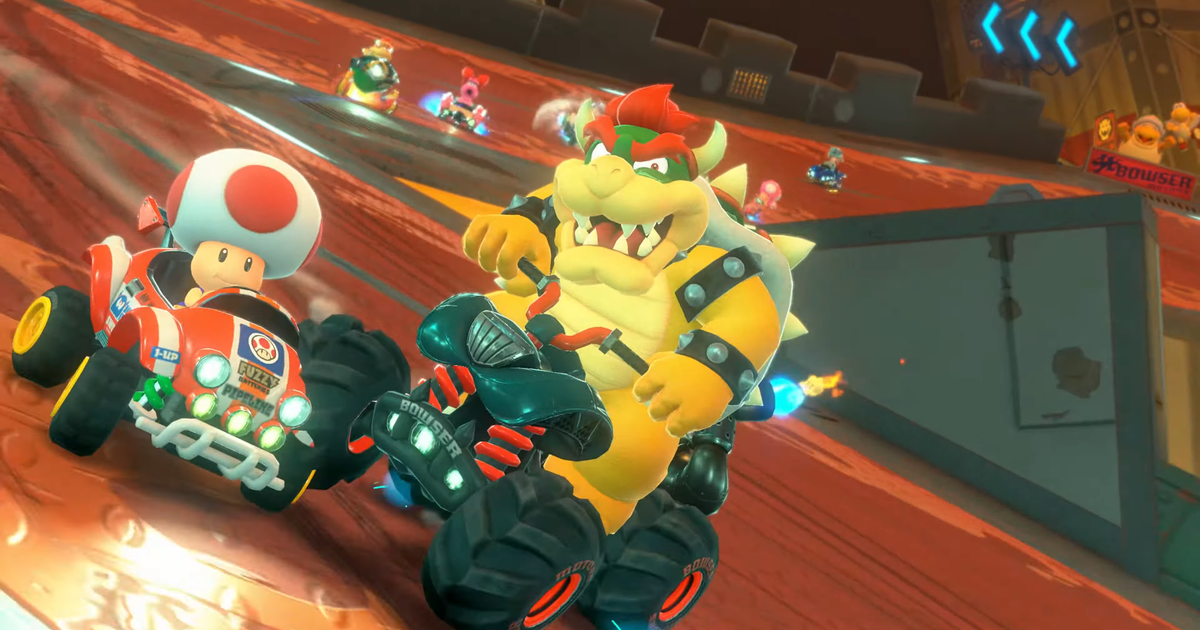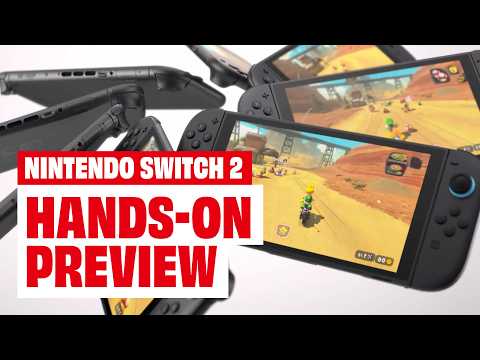Switch 2 production capacity and US tariffs didn’t factor into sales predictions Nintendo said, as its forecasts were criticised by investors for being conservative.
Following its latest financial report where Nintendo predicted Switch 2 sales would slightly outsell its predecessor, multiple investors probed the company on why it hadn’t estimated higher sales during a Q&A.
“We are forecasting Nintendo Switch 2 hardware sales of 15m units for this fiscal year,” said Nintendo president Shuntaro Furukawa. “We set this figure with the aim of reaching the same level of sales we achieved with Nintendo Switch in the roughly 10-month period between its launch in March 2017 and December that year.”
The “limits of our hardware production capacity were not a factor” in setting the sales volume forecast, he continued, and “the tariff situation in the US or a possibility of a recession did not affect our sales volume forecast either”.
“Our first goal is to get off to the same start we did with Nintendo Switch, and we are working to strengthen our production capacity so we can respond flexibly to demand,” said Furukawa.
In a follow-up question, the president continued: “We recognise the positive feedback from the Nintendo Switch 2 Experience events and the situation with applications for randomly selected drawings for pre-orders on My Nintendo Store in Japan. But the Nintendo Switch 2 hardware is priced relatively high compared to Nintendo Switch, so even if there is momentum around the launch, we know it will not be easy to keep that momentum going over the long term through the holiday season and beyond.
“We have been working to ramp up Nintendo Switch 2 hardware production since even before we held the Nintendo Switch 2 Experience events and began My Nintendo Store applications. Our sales volume forecast was not determined based on any limit to production capacity.”
Demand for the Switch 2 in Japan in particular has far exceeded expectations – Furukawa previously warned of stock issues.
Nintendo predicted 45m sales of software in its financial report, but Furukawa noted this figure does not include Mario Kart World units bundled with the console. Including these units, software sales are expected to surpass the 52m units sold for the original Switch. This is partly due to the “more robust lineup” at launch than the previous console.
Further, Furukawa stated the forecast was calculated maintaining current US tariff rates throughout the fiscal year. This has, however, resulted in a “negative impact of several tens of billions of yen at the profit level”. The Switch 2 hardware also has a lower profit margin compared to the original Switch.
Should tariffs change, the company will consider price adjustments accordingly.
“Our basic policy is that for any country or region, if tariffs are imposed, we recognise them as a part of the cost and incorporate them into the price,” said Furukawa. “However, this year marks our first new dedicated video game system launch in eight years, so given our unique situation, our priority is to maintain the momentum of our platforms, which is extremely important for our dedicated video game platform business, and to rapidly expand the install base of our new hardware. Consequently, if the assumptions on tariffs change, we will consider what kind of price adjustments would be appropriate, taking into account various factors such as the market conditions.”
Furukawa’s comments echo those of Nintendo of America boss Doug Bowser, who admitted tariffs were “something we’re going to have to address”.
Later, Furukawa also commented on the increased price of hardware and software compared to the previous console.
“When determining hardware prices, we consider not only the manufacturing cost, but also various factors such as consumers’ impression of the price, the vast differences in exchange rates compared to the Nintendo Switch launch, and the market conditions in each region,” said Furukawa.
“For software, in addition to the same factors, we also take into account rises in costs, due to aspects such as increased game file size and extended development periods, when determining price.
“Going forward, we will continue to consider appropriate prices for each title when it comes to software prices. Hardware involves special factors such as tariffs, and we will take into account factors like those we have just described, while conducting careful and repeated deliberations when determining price.”
Bowser previously stated the higher price tag for Mario Kart World was an example of “variable pricing” and was not establishing a more expensive “benchmark”.

